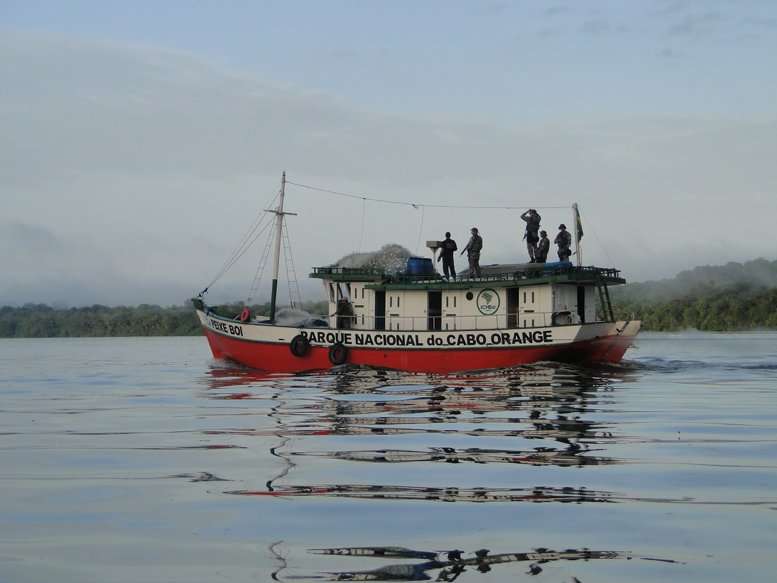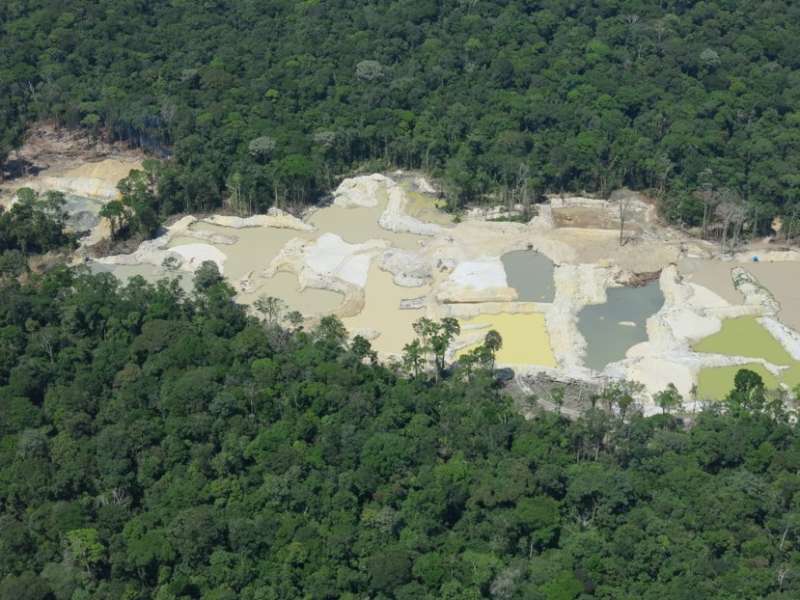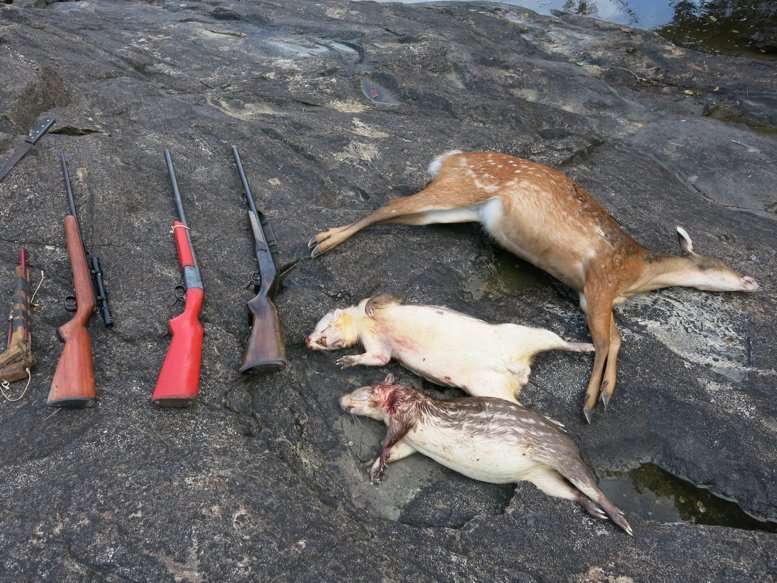Researchers map the illegal use of natural resources in the protected Brazilian Amazon

New research published in the open access peer-reviewed journal PeerJ uses law enforcement data collected from 2010 to 2015 to understand the geographical distribution of the illegal use of natural resources across the region's protected area network.
In the study, a total of 4243 reports of illegal use of natural resources were evaluated and mapped. These reports generated US$ 224.6 million in fines. Overall, 27 types of illegal uses of natural resources were found, with the most commonly registered illegal activities related to the suppression and degradation of vegetation (37.36%), followed by illegal fishing (27.34%) and hunting activities (18.15%).
The Brazilian Amazon is the world's largest rainforest region, covering an area estimated at 4.3 million km2. The area hosts an astonishing level of biodiversity and is fundamental to global climate regulation. Despite the increase of protected area coverage in the last three decades, the illegal use of natural resources within protected areas continues and, over time, they can undermine the region's biodiversity and ecosystem services. A few of these illegal activities can be detected by remote sensing, but most of them remain unnoticed and poorly understood.
The authors tested several hypotheses on factors that could explain the incidence of illegal activities in protected areas. These factors included, type of management category (i.e. strictly protected or sustainable use), the age of reserve, population density, and accessibility. They found that population density and accessibility are the strongest predictors of the intensity of illegal activities. In particular, human population density within 50 Km was a key variable which influenced illegal activity.

"Our paper demonstrates that illegal activities within protected areas are still pervasive across the region and that much more work is required to understand their causes and find ways to prevent them," states author Érico Kauano, who also works for the Instituto Chico Mendes de Conservação da Biodiversidade (ICMBio), the Brazilian agency responsible for the management of the federal protected areas.
"We hope that our article can highlight the urgency to shift the flow of the resources dedicated to forest conservation, from the well-maintained offices in cities far away from the actual problems to the frontlines where the fate of the tropical forests is going to be decided in the next decades", writes Érico Kauano.
"Selective harvesting and hunting remove key species that are essential to the maintenance of the ecological processes that sustain healthy forests," states Fernanda Michalski, Professor of the Universidade Federal do Amapá, one of the authors of the article and who has spent many years studying the effects of hunting across the region.

Although Brazil has been a global leader in the use of remote sensing to identify large-scale ecological changes in tropical forests, disturbances that occur "under the canopy" remain largely undetected and its effects poorly understood. The protection of the tropical forests around the world remains a global challenge. The financial resources to conduct the groundwork required to prevent and understand the illegal activities undermining this critical ecosystem are scarce.
More information: Kauano ÉE, Silva JMC, Michalski F. (2017) Illegal use of natural resources in federal protected areas of the Brazilian Amazon. PeerJ 5:e3902 doi.org/10.7717/peerj.3902
Journal information: PeerJ
Provided by PeerJ



















